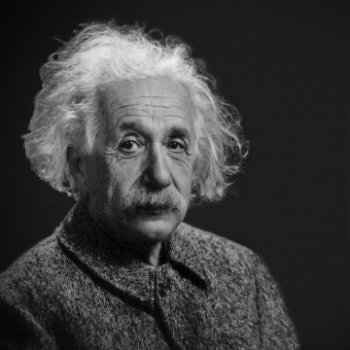Philadelphia has no shortage of interesting museums, which span a wide variety of topics and themes. At Monheit Law, our Philadelphia personal injury lawyers are big fans of the famous Mütter Museum. This medical museum features a wide variety of medical oddities, anatomical and pathological specimens, wax models, antique medical equipment, and a bevy of permanent and rotating exhibitions. Some of our favorite current exhibitions there include:
Imperfecta
Imperfecta is an exhibition which examines humanity’s understanding and beliefs about physical anomalies by using artifacts from The Historical Medical Library and Mütter Museum collections. The exhibition shows how society’s perceptions of abnormal physical characteristics have changed throughout history. The concept of “monsters” may have originally been based on these anomalies and some cultures believed these traits were the result of divine intervention. Modern-day science has proven that genetic mutations and toxin exposure are the main causes of abnormal births.
Hyrtl Skull Collection
The Hyrtl Skull Collection is on permanent display in the Mütter Museum and features a collection of 139 human skulls from a Viennese anatomist named Joseph Hyrtl in 1874. Hyrtl attempted to disprove claims of phrenologists, who believed that skull features contained evidence of intelligent and personality, and these differences were based on race. This collection was compiled to show that cranial anatomy varied widely throughout the Caucasian population of Europe.
Each of the 139 skulls is mounted on a stand. Many of them contain inscriptions with comments regarding the person’s age, place of birth, and cause of death. The Mütter Museum is currently conducting a cleaning, repair, and remounting project to preserve the skulls.
Broken Bodies, Suffering Spirits: Injury, Death, and Healing in Civil War Philadelphia
While the Civil War never reached Philadelphia or any surrounding areas, this region still played a vital role in the conflict. Tens of thousands of wounded soldiers were transported here via trains and steamboats to receive medical treatment in local hospitals.
This permanent exhibition allows visitors to learn what it was like to fight in the war, get seriously injured, and for medical staff, what it was like to care for wounded soldiers. It also looks at the role women played in working day and night to tend to these wounded soldiers.
The exhibition explores these concerns through the use of various artifacts, anatomical specimens, and illustrations from the Mütter Museum and other collections. There’s also an interacting experience which simulates what it was like to have an arm amputated.
Albert Einstein’s Brain
The Mütter Museum is one of only two locations in the world where sections of Albert Einstein’s brain are on display. Each section is about 20 microns thick, stained with cresyl violate and preserved in glass slides. You can view them anytime during visitor hours in the main Museum Gallery.
When Einstein died in 1955, a pathologist named Thomas Harvey, MD conducted an autopsy and removed Einstein’s brain without asking for the family’s permission. Eventually, the family gave permission, under the condition that the brain would be used for scientific research.
Harvey kept the brain in a glass jar for decades before dissecting it into 240 blocks and making 1,000 microscopic slides of the brain tissue. He sent pieces of the brain to researchers across the globe.
The popular scientific opinion from those who have examined the brain is that it is abnormal. The brain weights less than the brain of an average adult male but has significant differences in the inferior parietal region.
It’s a truly memorable experience to view the brain of one of history’s greatest thinkers, and an opportunity anyone living in the Philly area should take.







Leave A Comment